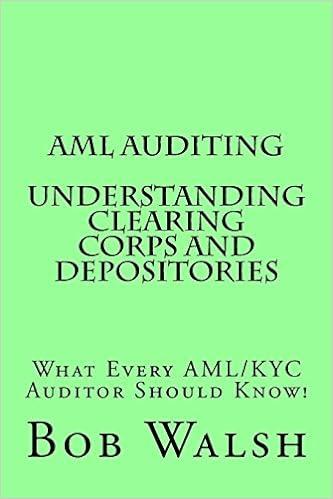The next 7 questions relate to the information below about Greenie Bags Greenie Bags Inc (GB) has been a manufacturer of reusable shopping bags for many years. It focuses on good quality and environmentally friendly bags. With an increasingly competitive market, management has been trying to manage costs whilst maintaining the same market share. Five years ago, management decided to increase factory automation in order to reduce its wage costs and improve factory efficiency. The standard (budgeted) amounts of inputs required and costs of inputs for one bag are as follows. Direct materials (20 grams per bag) $0.20 Direct labour (0.1 hours per bag) $2.00 Variable manufacturing overhead (allocated based on direct labour hours) $3.00 Fixed manufacturing overhead (allocated based on direct labour hours) $ 0.02 STANDARD COST PER BAG $5.22 At the start of the previous year, GB had expected 50,000 bags to be produced during the same year. Actual data for the previous year with regards to the above product reveal the following: 1. Due to greater than expected demand, 60,000 bags were produced (and sold). 2. $21,000 of direct materials were purchased representing 1,400,000 grams of direct materials 3. 1,150,000 grams of direct materials were used in the production of the bags. 4. Direct labour was $110,000 for 5,200 direct labour hours 5. Actual variable manufacturing overhead totaled $150,000 A manufacturer is operating at full capacity. It is now considering whether to accept an additional order for one of its products (Product X). The selling price for existing orders of Product X is $13.00 per unit. Product X's variable costs per unit are $0.50 for direct materials, $0.50 for direct labour and $1.50 for variable non-manufacturing overhead cost. These costs would apply to all units of output produced by the firm i.e., both existing orders as well as the additional (new) order. To fulfill the additional (new) order, the company would need to incur a special delivery cost of $1.00 per unit, which is not incurred for existing orders. Based on quantitative factors alone, what is the lowest (break-even) price per unit that the manufacturer would accept to fulfill the additional (new) order? $12.00 O $1.00 $2.50 $13.00 $14.00 Greenie Bags Inc (GB) has been a manufacturer of reusable shopping bags for many years. It focuses on good quality and environmentally friendly bags. With an increasingly competitive market, management has been trying to manage costs whilst maintaining the same market share. Five years ago, management decided to increase factory automation in order to reduce its wage costs and improve factory efficiency. The standard (budgeted) amounts of inputs required and costs of inputs for one bag are as follows. Direct materials (20 grams per bag) $ 0.20 Direct labour (O.1 hours per bag) $2.00 Variable manufacturing overhead (allocated based on direct labour hours) $3.00 Fixed manufacturing overhead (allocated based on direct labour hours) $ 0.02 STANDARD COST PER BAG $5.22 At the start of the previous year, GB had expected 50,000 bags to be produced during the same year. Actual data for the previous year with regards to the above product reveal the following: 1. Due to greater than expected demand, 60,000 bags were produced (and sold). 2. $21,000 of direct materials were purchased representing 1,400,000 grams of direct materials 3. 1,150,000 grams of direct materials were used in the production of the bags. 4. Direct labour was $110,000 for 5,200 direct labour hours 5. Actual variable manufacturing overhead totaled $150,000 Which of the following most closely reflects the direct material price variance for the previous year for GB? $5,750 Unfavourable $7,000 Unfavourable O $5,750 Favourable O $6,000 Favourable $6,000 Unfavourable










